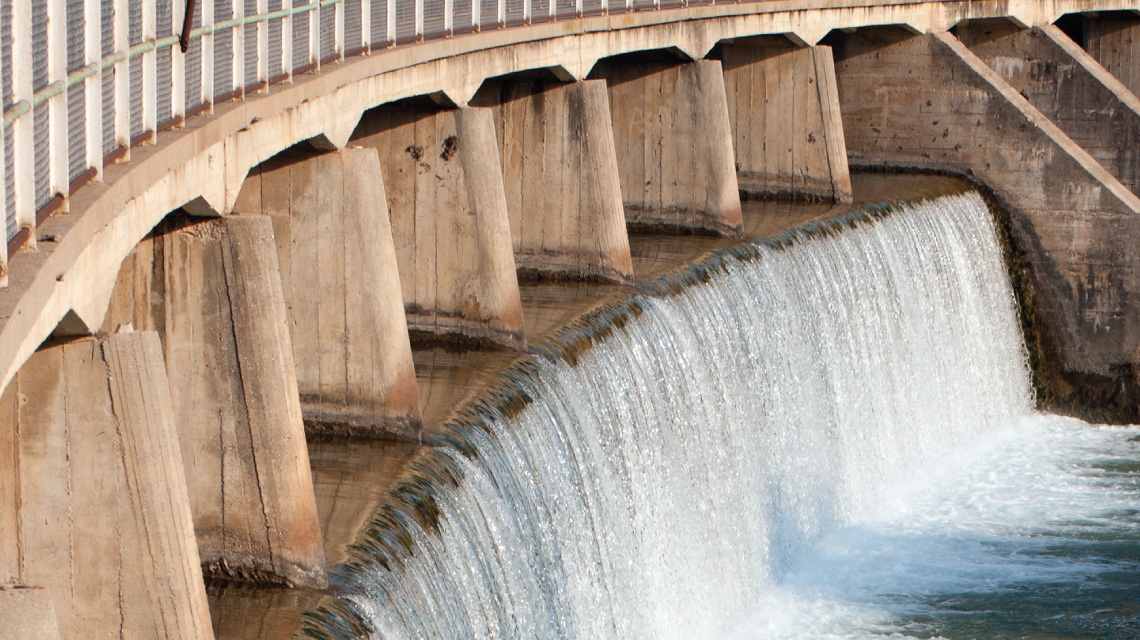
Though the most discussed effect of global climate change may be rising temperatures, the prospect of more frequent extreme rainfall is a more serious immediate concern.
Already some regions are dealing with increasing rainfall and serious storms – and according to the Intergovernmental Panel on Climate Change, intense rain events have become more common over the last 50 years.
As these events more common, our infrastructure must be able to handle them. Drain need to be up to the job, or the roads will flood. Dams need to protect from flash flooding, especially in dry river bed wadi areas. Airport runways need to slope, so the rain runs off into the drains (which must work).
But how much rain will these drains, dams, and runways need to cope with in the future?
Until now, that projection has been made using Intensity-Duration-Frequency (IDF) curves – a decades-old system that uses long-term rainfall records collected at monitoring stations.
For a more comprehensive picture of the possible extremes, more data should be taken into consideration.
Advances in climate research and hydrology recognize the existence of trends in rainfall records. If we’re trying to predict future rainfall, it’s only right to include these trends.
We have tried to do exactly that, developing our own IDF curves that additionally model for time and climate indices.
By factoring in these trends and oscillations in rainfall over time, we hoped to develop a non-stationary IDF curve methodology that more accurately predicts extreme rain events in a given area.
We tested our new methodology in various parts of the world; in Abu Dhabi, in Quebec and Ontario, and in Arizona, California, Nevada and New Mexico. Of the 31 stations that exhibited potential rain trends or cycles, 27 had rainfall intensity records that could be better modelled by accounting for time, climate indices or both.
Our curves have the potential to give urban planners, architects and engineers a better picture of what their structures will have to cope with.
We hope our research will be used to revise IDF relationships where ever trends and cycles are found in rainfall records.
Further advances in this area will help arid countries dealing with increased rainfall, like the UAE, to plan better for extreme rainfall events.
Being able to accurately predict uncommonly heavy rainfall events is important to protect people, property and investment from losses and harm.
Updated and enhanced IDF curve methodologies can also help us make better use of rainwater, by designing drainage systems that capture and channel it instead of allowing it to escape.
With this project and others, we believe the UAE can better prepare for the impacts of climate change and even increase its rainwater recovery.
Latifa Yousef is a Master’s student in the Masdar Institute of Science and Technology Water and Environmental Engineering Program, working with Dr. Taha B.M.J. Ouarda, Institute Center for Water and Environment Head.






